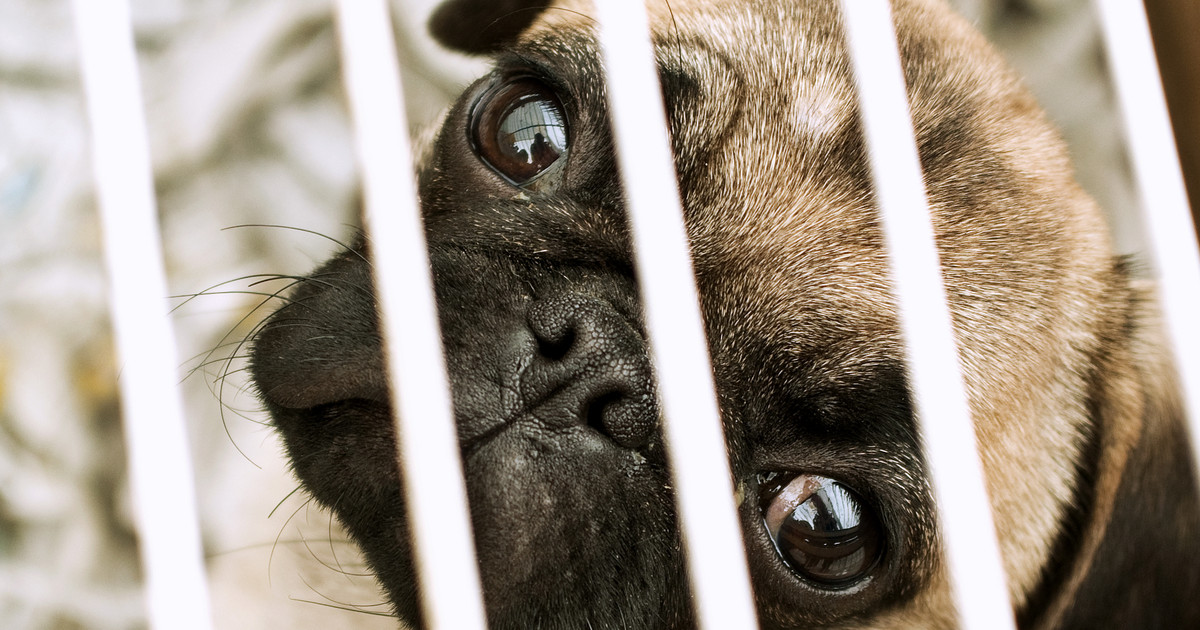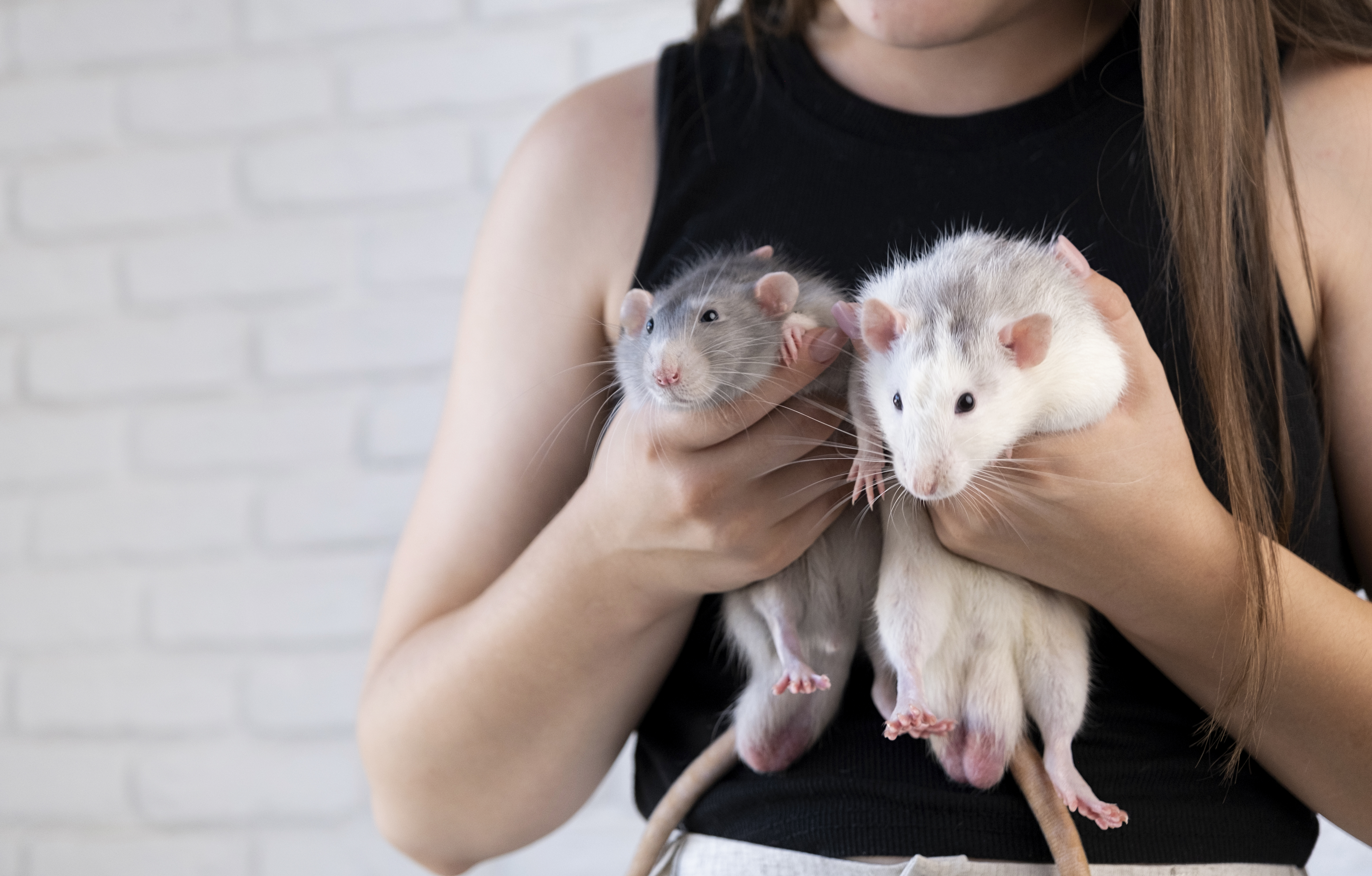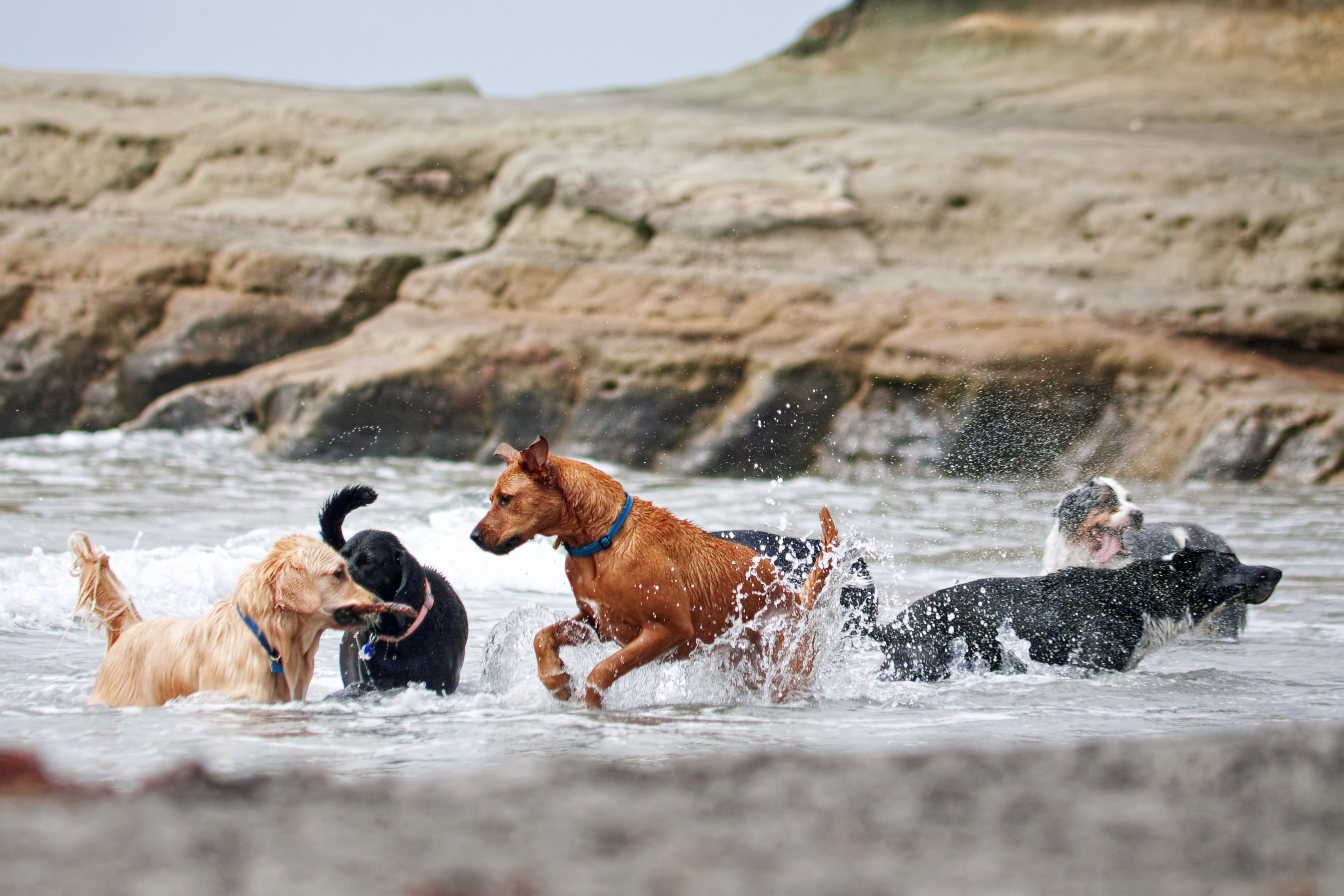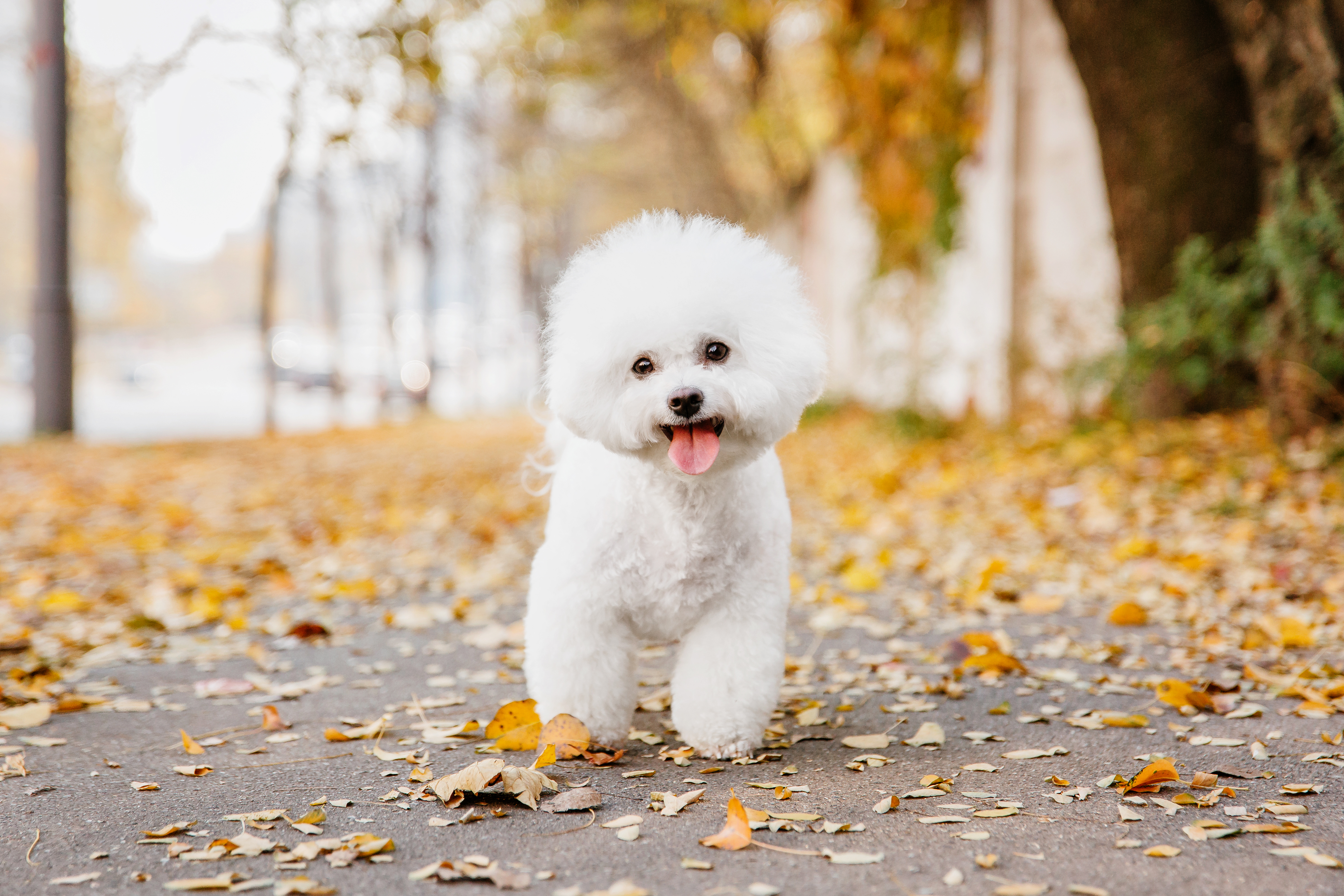Top 10 Ways to Gauge Your Dog's Super Senses: Sight, Hearing, Smell, Taste, and Touch
Dogs are often heralded as man's best friend, and for good reason. Their senses are finely tuned instruments that have evolved over millennia to aid in survival and companionship. Unlike humans, dogs experience the world through a unique sensory lens, making them exceptional at tasks we might find challenging or impossible. This article embarks on a journey to explore the top ten ways to gauge your dog's super senses, delving into the realms of sight, hearing, smell, taste, and touch. By understanding these senses, we can better appreciate our canine companions and enhance our bond with them. Throughout this exploration, we will uncover fascinating facts and practical tips to help you engage with your dog's sensory world.
The Intricacies of Canine Sight

While dogs' vision differs significantly from humans, it is no less remarkable. Contrary to the old myth that dogs see in black and white, they actually perceive colors, though not as vividly as humans. Dogs have dichromatic vision, meaning they can see shades of blue and yellow but struggle with reds and greens. This is due to the presence of two types of color receptors, or cones, in their retinas compared to the three found in humans. Understanding this can help you choose toys and accessories in colors your dog can easily distinguish.
Beyond color, dogs are equipped with superior night vision, thanks to a reflective layer behind the retina called the tapetum lucidum. This adaptation allows them to detect movement and shapes in low-light conditions, making them excellent nocturnal hunters. You can test your dog's sight by observing how they respond to different lighting conditions and movements. Engaging them in activities that require visual tracking, such as fetch or agility courses, can also provide insights into their visual acuity.
The Power of Canine Hearing

A dog's hearing is one of its most acute senses, often far surpassing that of humans. Dogs can hear frequencies as high as 65,000 Hz, compared to the human range of up to 20,000 Hz. This heightened hearing ability allows them to detect sounds that are imperceptible to us, such as the high-pitched squeaks of a mouse or the subtle rustling of leaves. It's no wonder that dogs are often employed as service animals for people with hearing impairments.
To gauge your dog's hearing, pay attention to how they react to various sounds in their environment. You might notice their ears perking up or rotating to capture sounds from different directions. Try creating a sound-based game, such as hiding a toy that makes noise, to see how quickly your dog can locate it. This not only tests their hearing but also stimulates their mind and provides valuable mental exercise.
The Extraordinary Sense of Smell

Perhaps the most renowned of all canine senses is their sense of smell. Dogs possess up to 300 million olfactory receptors in their noses, compared to a mere 6 million in humans. This extraordinary olfactory capability allows them to detect scents at incredibly low concentrations, making them invaluable in search and rescue operations, medical detection, and even archaeological digs.
To explore your dog's sense of smell, you can engage them in scent-based activities. Hide treats around your home or yard and encourage your dog to find them using their nose. This not only provides mental stimulation but also reinforces their natural instincts. Additionally, introducing your dog to new environments with a variety of scents can be an enriching experience, helping them to hone their olfactory skills further.
The Nuances of Canine Taste

While dogs' sense of taste is not as developed as their sense of smell, it still plays a crucial role in their perception of the world. Dogs have approximately 1,700 taste buds, compared to humans' 9,000, which means they rely more heavily on their sense of smell to determine the palatability of food. However, dogs can still distinguish between sweet, sour, bitter, and salty flavors.
To understand your dog's taste preferences, observe their reactions to different foods and treats. You might notice that they have a penchant for certain flavors or textures. Experimenting with a variety of dog-safe fruits, vegetables, and proteins can help you discover what your dog enjoys most. Keep in mind that a balanced diet is essential for your dog's health, so always consult with a veterinarian before making significant changes to their diet.
The Sensitivity of Canine Touch

Touch is a vital sense for dogs, playing a key role in communication and bonding. A dog's skin is covered in sensitive nerve endings that allow them to feel subtle changes in their environment. This sensitivity is particularly pronounced in areas like the paws, nose, and ears. Dogs use touch to communicate with each other and with humans, often through nudges, pawing, or leaning.
To gauge your dog's sense of touch, observe how they react to different types of physical contact. Some dogs may enjoy gentle petting or massages, while others might prefer more vigorous play. You can also introduce your dog to different textures, such as grass, sand, or water, to see how they respond. Understanding your dog's tactile preferences can help you provide comfort and enhance your bond with them.
Engaging Your Dog's Senses Through Play

Play is an essential part of a dog's life, providing not only physical exercise but also mental stimulation. Engaging your dog's senses through play can help strengthen your bond and keep them happy and healthy. Consider incorporating toys and games that appeal to their various senses, such as squeaky toys for hearing, puzzle feeders for smell, or textured toys for touch.
Interactive games like hide and seek can stimulate your dog's sight and smell, while fetch can test their visual tracking and coordination. Remember that each dog is unique, so pay attention to which activities they enjoy most and tailor playtime to suit their preferences. Regular play not only enriches your dog's life but also provides valuable opportunities for training and socialization.
Training Techniques to Enhance Sensory Awareness

Training is a powerful tool for enhancing your dog's sensory awareness and overall well-being. By incorporating sensory-focused exercises into your training routine, you can help your dog develop their natural abilities and improve their responsiveness to commands. For example, scent training can enhance your dog's olfactory skills, while agility courses can improve their visual tracking and coordination.
Positive reinforcement is key to successful training, so be sure to reward your dog with treats, praise, or play when they respond correctly. Keep training sessions short and fun to maintain your dog's interest and prevent frustration. Over time, you'll likely notice improvements in your dog's sensory awareness and overall behavior, strengthening your bond and enhancing their quality of life.
The Role of Environment in Sensory Development

A dog's environment plays a significant role in the development and refinement of their senses. Providing a rich and varied environment can help stimulate your dog's senses and promote mental and physical well-being. Consider exposing your dog to different sights, sounds, and smells by taking them on walks in new areas, visiting dog-friendly parks, or introducing them to other animals.
Creating a sensory-friendly home environment is also important. Ensure your dog has access to comfortable resting areas, toys that stimulate their senses, and opportunities for exploration. By fostering a stimulating environment, you can help your dog develop their sensory skills and prevent boredom or anxiety.
Understanding Sensory Changes with Age

As dogs age, their senses may undergo changes, much like humans. It's important to be aware of these changes and adapt your care and interactions accordingly. For example, older dogs may experience a decline in hearing or vision, which can affect their ability to navigate their environment or respond to commands.
To support your aging dog, consider making adjustments to their environment, such as providing additional lighting or using hand signals for communication. Regular veterinary check-ups can help monitor your dog's sensory health and address any issues that arise. By understanding and accommodating sensory changes, you can ensure your dog continues to enjoy a high quality of life in their senior years.
Celebrating Your Dog's Unique Sensory World

Understanding and appreciating your dog's super senses can enhance your relationship and provide valuable insights into their behavior and needs. By exploring the intricacies of sight, hearing, smell, taste, and touch, you can better engage with your dog and create a fulfilling and enriching life for them. Remember that every dog is unique, so take the time to observe and learn about your dog's individual sensory preferences. Celebrate the incredible abilities of your canine companion and cherish the special bond you share, grounded in mutual understanding and respect.







